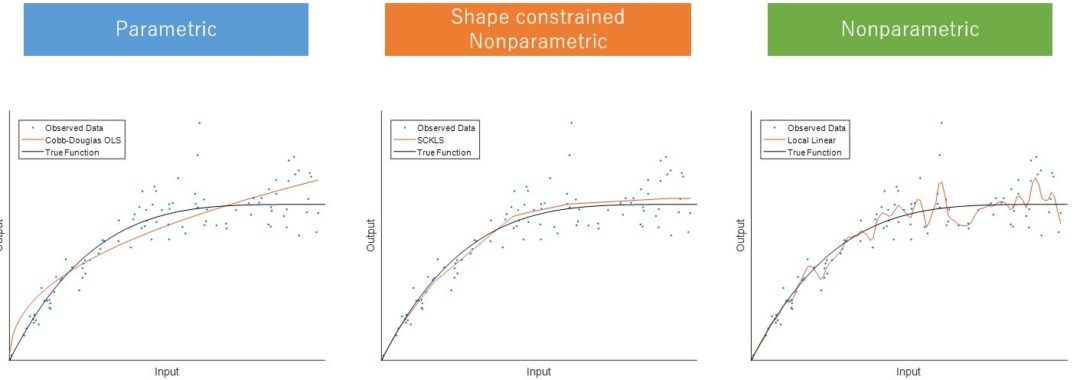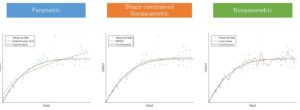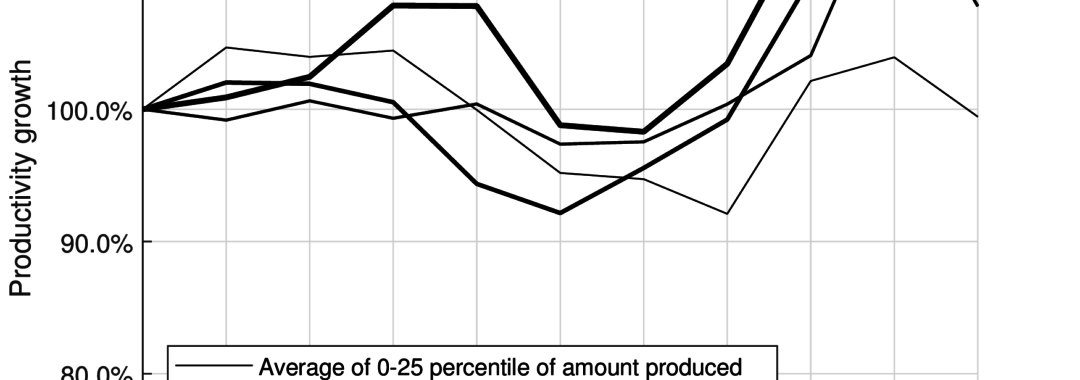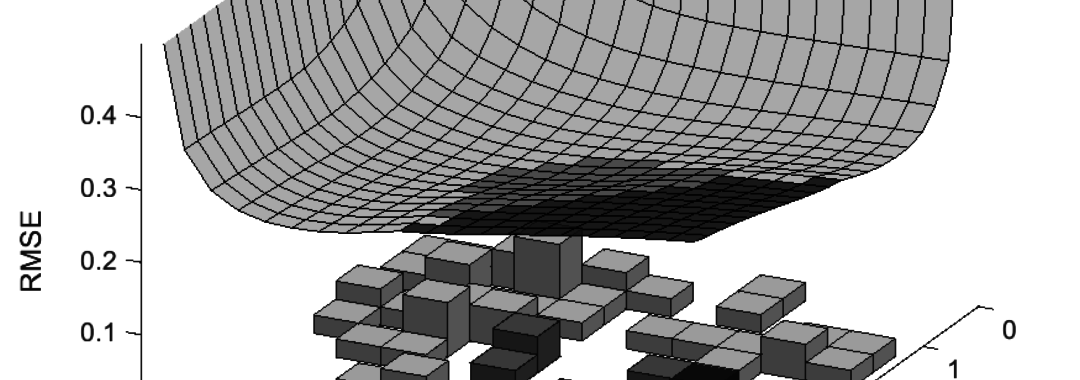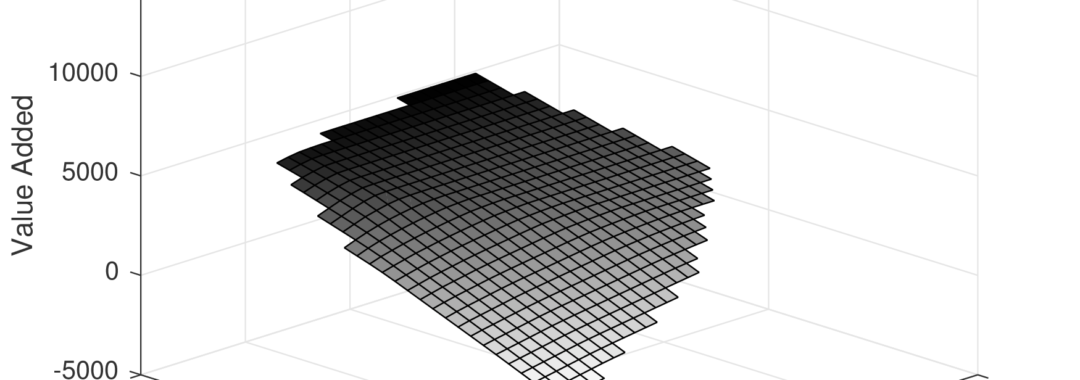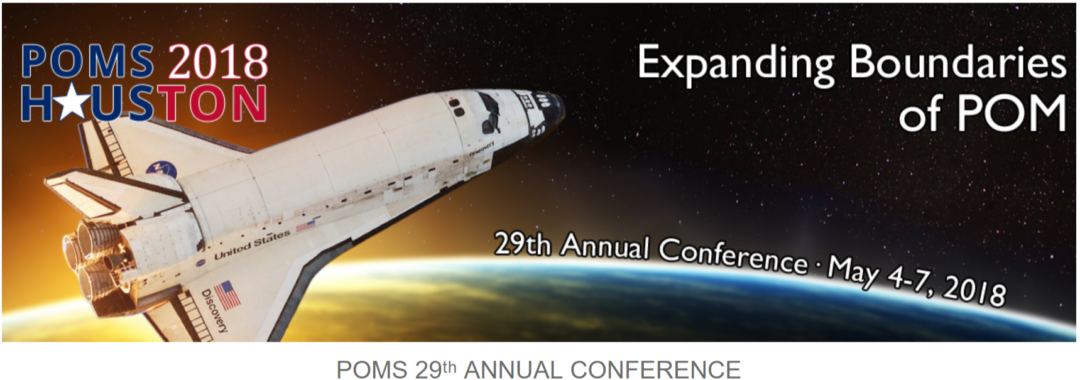Census of manufacturing data is gathered by statistical agency around the world and can be used to benchmark performance within industries or summarize production behavior within industries. In this talk, I present results our laboratory have found for data from the U.S., Japan and Chile. I present some of the modeling challenges and limitations of the data. I focus on the use of nonparametric shape constrained production function estimators and describe some of the benefits that result from their use. I close with a variety of policy insights that can be gained from analyzing Census of manufacturing data.

Author Archive: ajohnson
December 14 – Operations Research Society of Japan – Kansai Chapter – Computational Complexity of Shape Constrained Estimation
Production function estimation using nonparametric shape constrained methods can be computationally challenging. For the standard additive error model, y = f(x) + ε, with monotonicity and concavity constraints imposed at each observation, the associated programming problem has a quadratic objective function and linear inequality constraints and thus is easy from a computational complexity point of view. However, the number of constraints grows at the rate n2. Thus, estimation on a grid, as described in Preciado Arreola et al. (2016) and Yagi et al. (2018), can reduce the computational difficulty significantly. In contrast, the multiplicative error model, y = f(x) eε, which models heteroskedasticity in the error term with monotonicity and concavity constraints has a quasi-convex objective function requiring generally non-linear optimization methods. We discuss these and other computational issues related to nonparametric shape constrained methods.
September 6 – Penn State – Shaped constrained estimation and some applications
Assumptions motivated by either logical or existing theory can be imposed during model estimation to restrict the feasible region of the parameters. The restrictions, implemented as shape constraints, may not provide any benefits in an asymptotic analysis, but will improve the estimator’s finite sample performance. This paper briefly reviews an illustrative set of research on shape constrained estimation in the economics and operations research literature. We highlight the methodological innovations and applications, with a particular emphasis on utility functions, production economics, and sequential decision making applications.
June 12-15 – North American Productivity Workshop – Axiomatic Nonparametric Production Functions: Relaxing Concavity and Homotheticity
We develop a new approach to estimate a production function based on the economic axioms of the Regular Ultra Passum law and convex non-homothetic input isoquants. Central to the development of our estimator is stating the axioms as shape constraints and using shape constrained nonparametric regression methods.
We implement this approach using data from the Japanese corrugated cardboard industry from 1997-2007. Using this new approach, we find most productive scale size is a function of the capital-to-labor ratio and the largest firms operate close to the largest most productive scale size associated with a high capital-to-labor ratio. We also measure the productivity growth across the panel periods based on the residuals from our axiomatic model. We find that capital-to-labor ratio is negatively correlated with the productivity growth due to the over-investment in capital.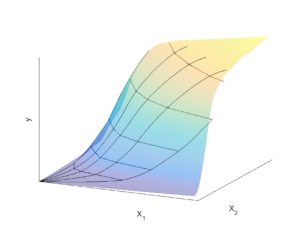
July 30 – 31 – NBER Japan Project Meeting 2018 – Tokyo, Japan

The annual general research conference on the Japanese economy will be held July 30, 2018 in Tokyo. This years conference will be highlighted by papers by Kevin Hassett and Shuhei Kitamura with outstanding discussants such as Takeo Hoshi and Chad Syverson.
Economic and Social Research Institute (ESRI) will hold their annual research conference on July 31, 2018 following the NBER Japan project meeting.
The Economic and Social Research Institute (ESRI) was founded in January 2001 as part of the Cabinet Office with the expansion of the functions and scale of the Economic Planning Agency’s Economic Research Institute under the reorganization of Japan’s central government ministries and agencies. Known as the “forum for knowledge” for the Cabinet, the Cabinet Office is in charge of key administrative issues. As the Cabinet Office’s think tank, the ESRI could rightly be called the “forum for knowledge” within the “forum for knowledge” because the ESRI links theory with policy.
The main role of the ESRI is to strengthen its functions as a policy research institute by conducting theoretical and experimental research related to economic activities and policies, social activities, and other issues. The ESRI also trains and develops human resources to spearhead policy research. In addition, the ESRI compiles and publishes estimates for the gross domestic product (GDP) and other statistics in the System of National Accounts (SNA). The ESRI publishes both the Preliminary Quarterly GDP Estimates and the Annual Report on National Accounts. Moreover, the ESRI compiles and publishes the Coincident Index and other business statistics.
June 12-15 – North American Productivity Workshop – Miami FL

The North American Productivity Workshop (NAPW) is a major biennial conference on the topics of productivity, efficiency and performance analysis. We expect a very large number of participants to attend, from a wide international community. Presentations are invited on the theory and application of economics, econometrics, statistics, management science and operational research to various problems in the areas of productivity and efficiency. All popular techniques and methodologies will be represented, including stochastic frontier analysis, data envelopment analysis, bootstrapping approaches, and many more. We also welcome papers on broader issues related to measuring, understanding, incentivising and improving the productivity and performance of firms, public services and industries.
https://www.bus.miami.edu/thought-leadership/business-conferences/napw/index.html
May 17 – Center for Operations Research and Econometrics: UC Louvain – Shape constrained kernel-weighted least squares: Application to production function estimation for Chilean manufacturing industries
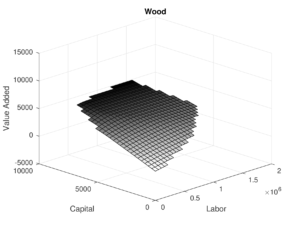
We examine a novel way of imposing shape constraints on a local polynomial kernel estimator. The proposed approach is referred to as Shape Constrained Kernel-weighted Least Squares (SCKLS). We prove uniform consistency of the SCKLS estimator with monotonicity and convexity/concavity constraints and establish its convergence rate.
In addition, we propose a test to validate whether shape constraints are correctly specified.
The competitiveness of SCKLS is shown in a comprehensive simulation study. Finally, we analyze Chilean manufacturing data using the SCKLS estimator and quantify production in the plastics and wood industries. The results show that exporting firms have significantly higher productivity.
May 14 – KU Leuven – Shape constrained kernel-weighted least squares: Application to production function estimation for Chilean manufacturing industries
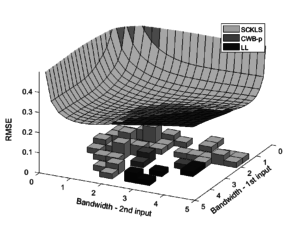
We examine a novel way of imposing shape constraints on a local polynomial kernel estimator. The proposed approach is referred to as Shape Constrained Kernel-weighted Least Squares (SCKLS). We prove uniform consistency of the SCKLS estimator with monotonicity and convexity/concavity constraints and establish its convergence rate.
In addition, we propose a test to validate whether shape constraints are correctly specified.
The competitiveness of SCKLS is shown in a comprehensive simulation study. Finally, we analyze Chilean manufacturing data using the SCKLS estimator and quantify production in the plastics and wood industries. The results show that exporting firms have significantly higher productivity.
May 4-7 – POMS – Houston TX

Welcoming environment that offers opportunities to meet and network with scholars, researchers, practitioners present and receive feedback on your research and teaching innovations and explore new ideas.
Plenary/keynote sessions and panels by leading POM researchers/practitioners.
College Mini-Conferences that bring together scholars with similar research interests.
High quality invited research sessions featuring leading researchers, educators and practitioners.
Professional development workshops, symposia, and tutorials on a variety of research, teaching and curriculum oriented topics.
Career building advice and guidance for tenure-track junior faculty members through the Emerging Scholars Program.
Career building advice and guidance for doctoral students through the Doctoral Consortium.
Opportunities to interview for open positions, meet with job candidates and emerging scholars.
The conference venue is Hilton Americas-Houston that is located in the heart of downtown Houston. The hotel is conveniently located near many Houston attractions.
We have an exciting program for you and hope to see you in Houston in May.
May 4-7 – POMS – Shape constrained kernel-weighted least squares: Application to production function estimation for Chilean manufacturing industries

We examine a novel way of imposing shape constraints on a local polynomial kernel estimator. The proposed approach is referred to as Shape Constrained Kernel-weighted Least Squares (SCKLS). We prove uniform consistency of the SCKLS estimator with monotonicity and convexity/concavity constraints and establish its convergence rate.
In addition, we propose a test to validate whether shape constraints are correctly specified.
The competitiveness of SCKLS is shown in a comprehensive simulation study. Finally, we analyze Chilean manufacturing data using the SCKLS estimator and quantify production in the plastics and wood industries. The results show that exporting firms have significantly higher productivity.



